3 Ways Elon Musk is Disrupting the Construction Industry
- Youtube Views 113,366 VIDEO VIEWS
Video hosted by Fred Mills.
PIONEERING start-ups and tech savvy entrepreneurs are disrupting the construction industry like never before.
But the stand-out figure in this exciting revolution is undoubtedly Elon Musk.
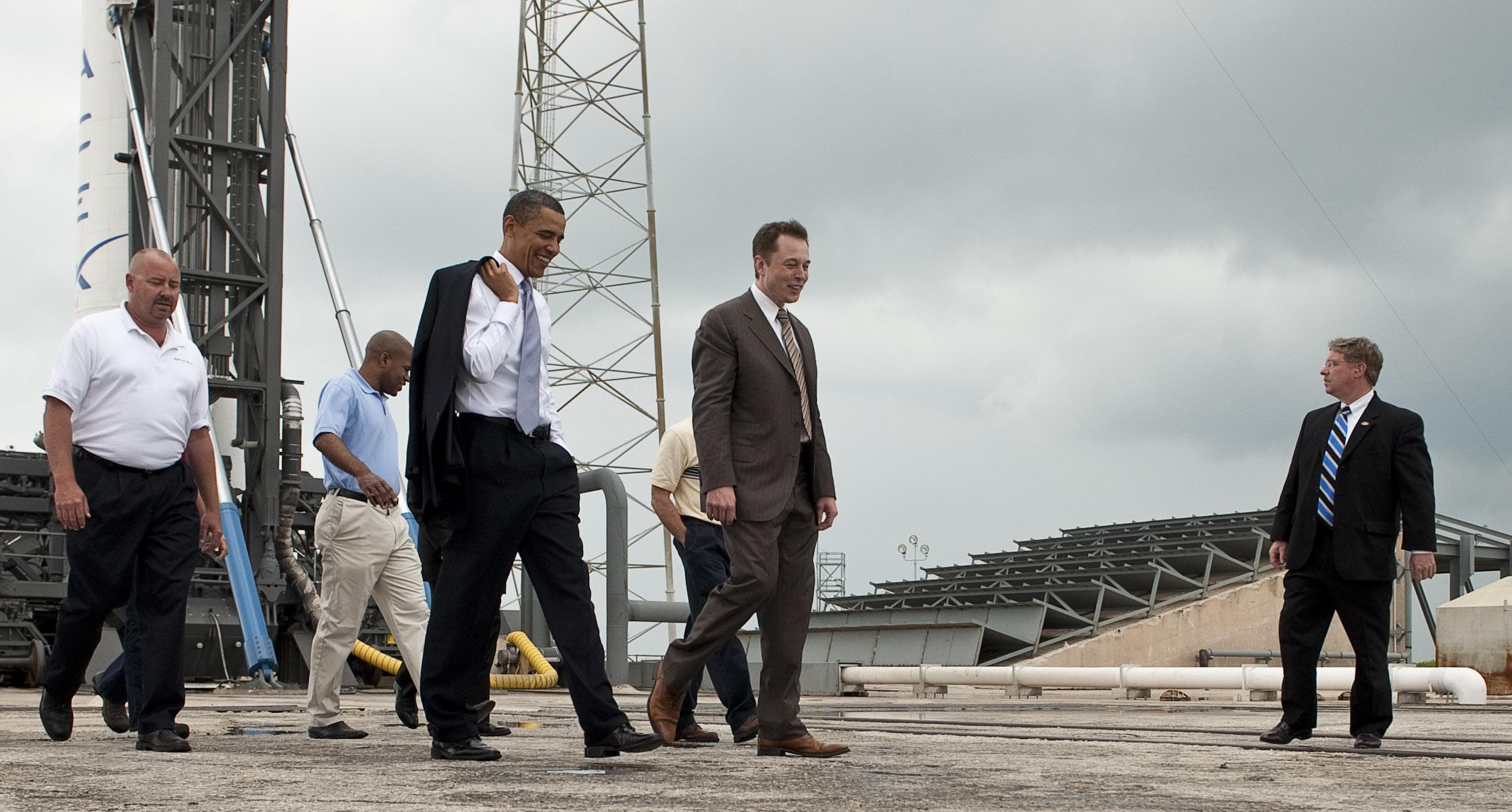
Above: As the man behind Tesla and SpaceX, Elon Musk's influence has been recognised by some of the world's most powerful people.
Widely regarded as one of the most ambitious and successful entrepreneurs of recent times, Musk is the man behind Tesla, SpaceX and a whole host of other companies that are now driving rapid change within the construction industry.
Here, we look at three ways he is disrupting our sector.
HYPERLOOP
First up is Musk’s impact on transport infrastructure in the form of hyperloop - a new high-speed mode of travel that’s billed as the fastest way to cross the surface of the earth.
The hyperloop concept sees pods containing passengers and cargo loaded onto transporters that travel at airline speed in pressurised tubes using electric propulsion and magnetic levitation.
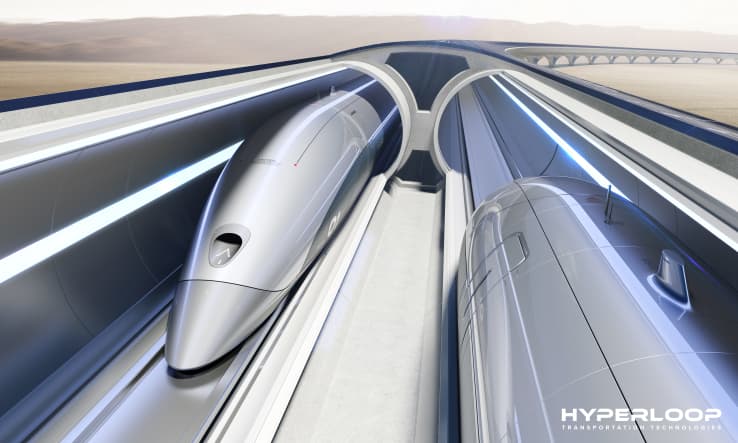
Above: Musk first proposed the hyperloop concept in 2012 (image courtesy of Hyperloop Transportation Technologies).
Many people dismissed the concept as infeasible and a media stunt when Musk first proposed it in 2012.
Despite this, he made hyperloop open source and encouraged student groups and start-up companies to take his idea and develop it further.
Since then, an entirely new industry has been born with numerous companies being established to independently develop specific hyperloop technologies.
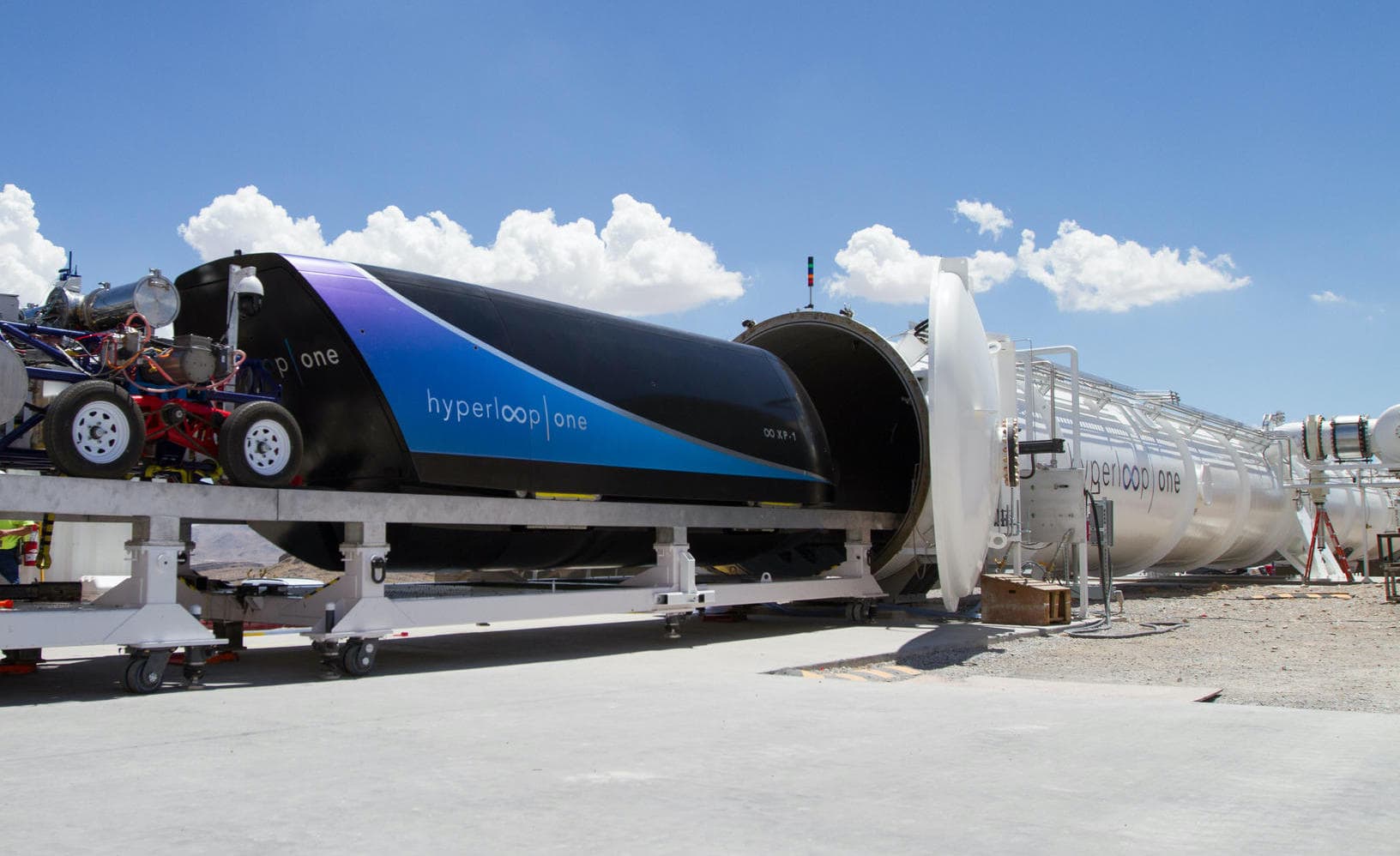
Above: Virgin Hyperloop One is an industry leader in developing the revolutionary new mode of transportation first conceived by Musk ( image courtesy of Virgin Hyperloop One).
Proving that it isn't just a fantasy, larger companies, like Hyperloop Transportation Technologies (HTT) and Virgin Hyperloop One, have modified Musk’s original concept and are now in a serious race to become the first to deploy an operational hyperloop system that could revolutionise the way we travel.
A SOLAR ECONOMY
As part of Musk’s ongoing vision to move the world away from a “mine and burn” economy and towards a “solar” economy, he assisted his cousins Peter and Lyndon Rive, in establishing SolarCity in 2006.
By 2011 it had become one of the leading installers of solar panels and electric vehicle chargers in the United States.
After recognising the symbiotic relationship between the SolarCity and Tesla, Musk merged the two companies in 2016, expanding SolarCity to not only provide a means of energy production, but one of energy storage as well.
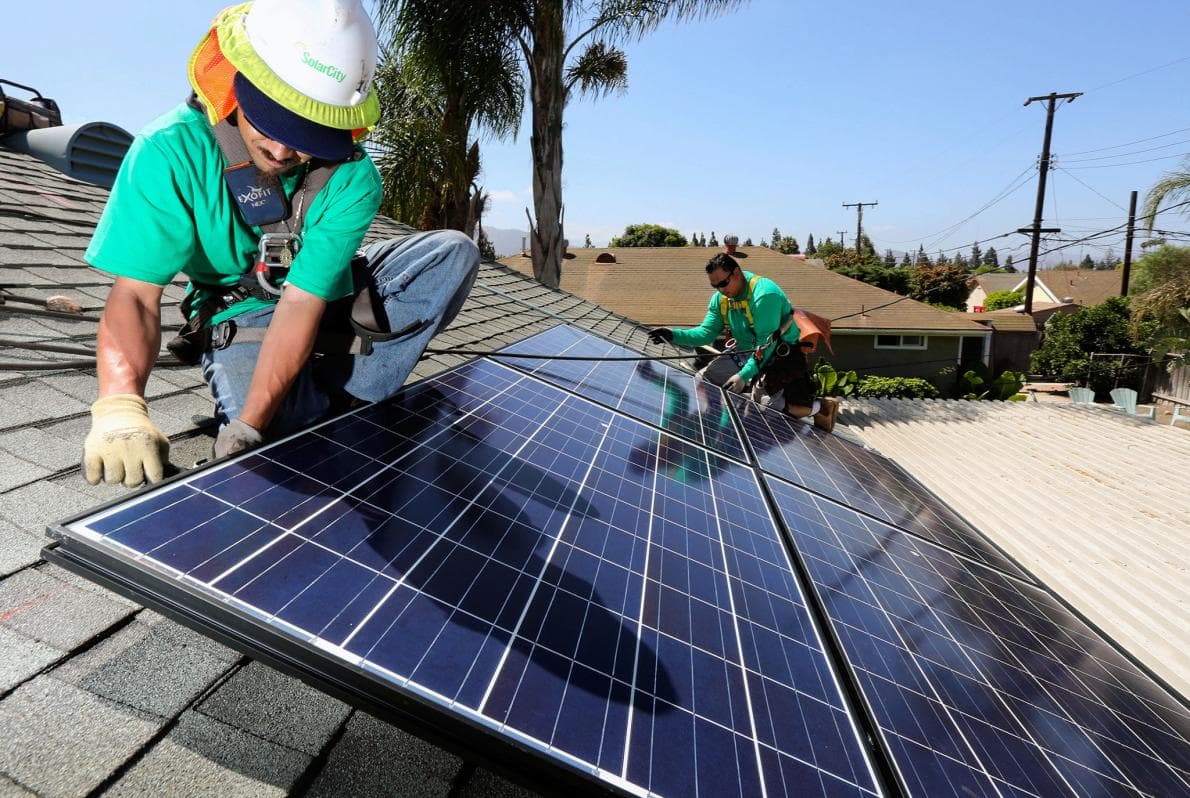
Above: SolarCity quickly became one of the largest installers of solar panels in the United States after Musk helped his cousins set up the company in 2006 (image courtesy of SolarCity).
By combining the solar panel systems with his Tesla Powerwall, Musk was able to offer a practical means to store excess energy produced on sunny days, so that it would kick in at times when the sun did not shine.
This weaned millions homes off their reliance on traditional power grids as the fall-back for solar power during the night and on cloudy days.
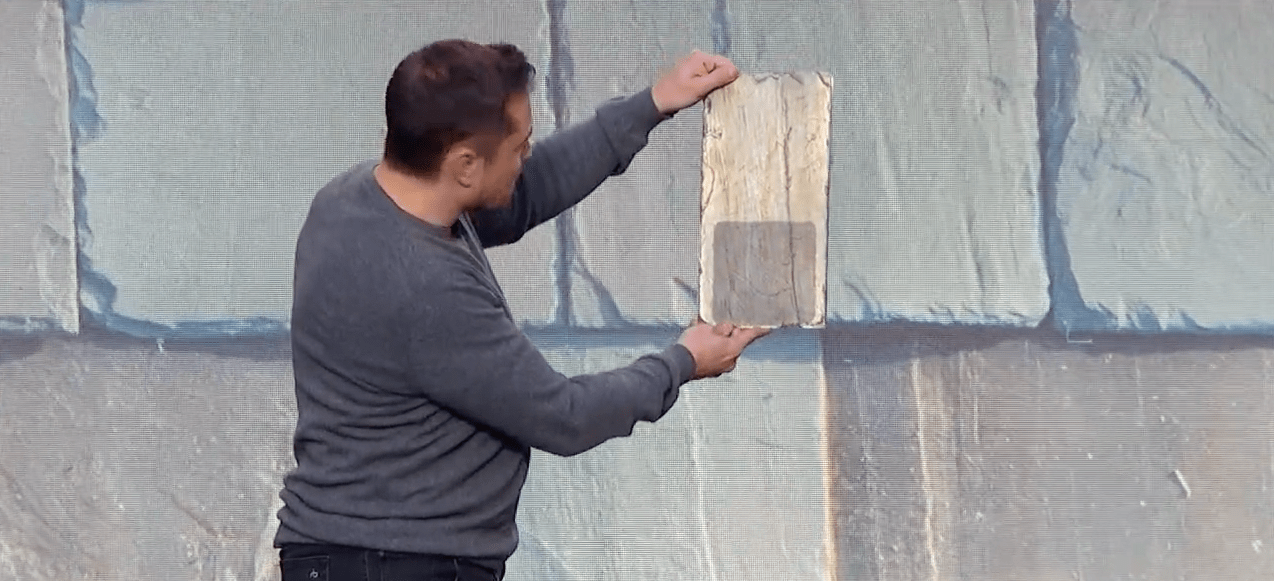
Above: Elon Musk reveals the Telsa Solar Roof tile (image courtesy of Tesla).
Musk also announced in 2016 that SolarCity would introduce the “Tesla Solar Roof” - a system where roof tiles act as photovoltaic (PV) panels ensuring that the ability for a household to generate solar power is integral to its design, not just bolted-on later.
Production is already underway in Tesla's Gigafactory 2 in Buffalo, New York and the first commercial installations are expected in 2018.
ATTRACTING NEW TALENT
With numerous established misconceptions about the construction industry across society, many of the brightest young people are pushed into what are perceived to as “higher-flying” careers by their parents, guardians and teachers.
The result is a lack of strong young talent coming into our sector; a sector that uses cutting-edge technology every day, that enables you to travel the world and which delivers a built environment that almost every human being on earth interacts with.
Elon Musk is one of the key figures challenging those misconceptions.
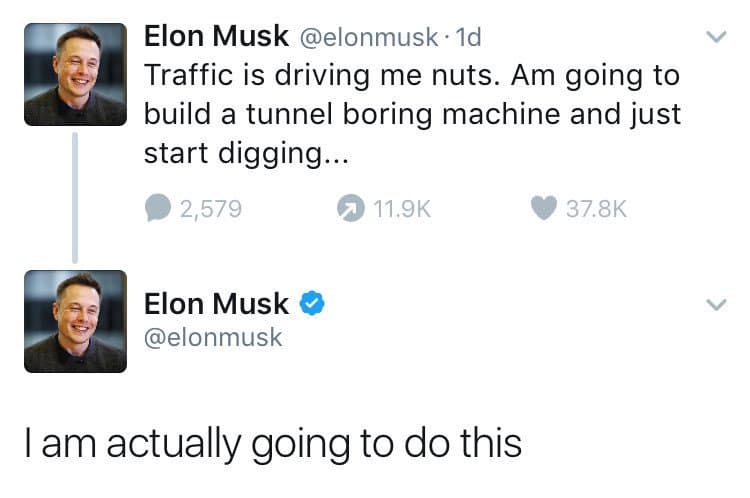
Above: Musk has used social media to garner interest in his projects, particularly amongst young people ( image courtesy of Twitter and Elon Musk).
In December 2016, while stuck in traffic in Los Angeles, Musk tweeted his frustrations about the city’s traffic congestion.
Within two months he had purchased a Tunnel Boring Machine (TBM) and begun excavating a test tunnel at his SpaceX headquarters under a new venture; The Boring Company.
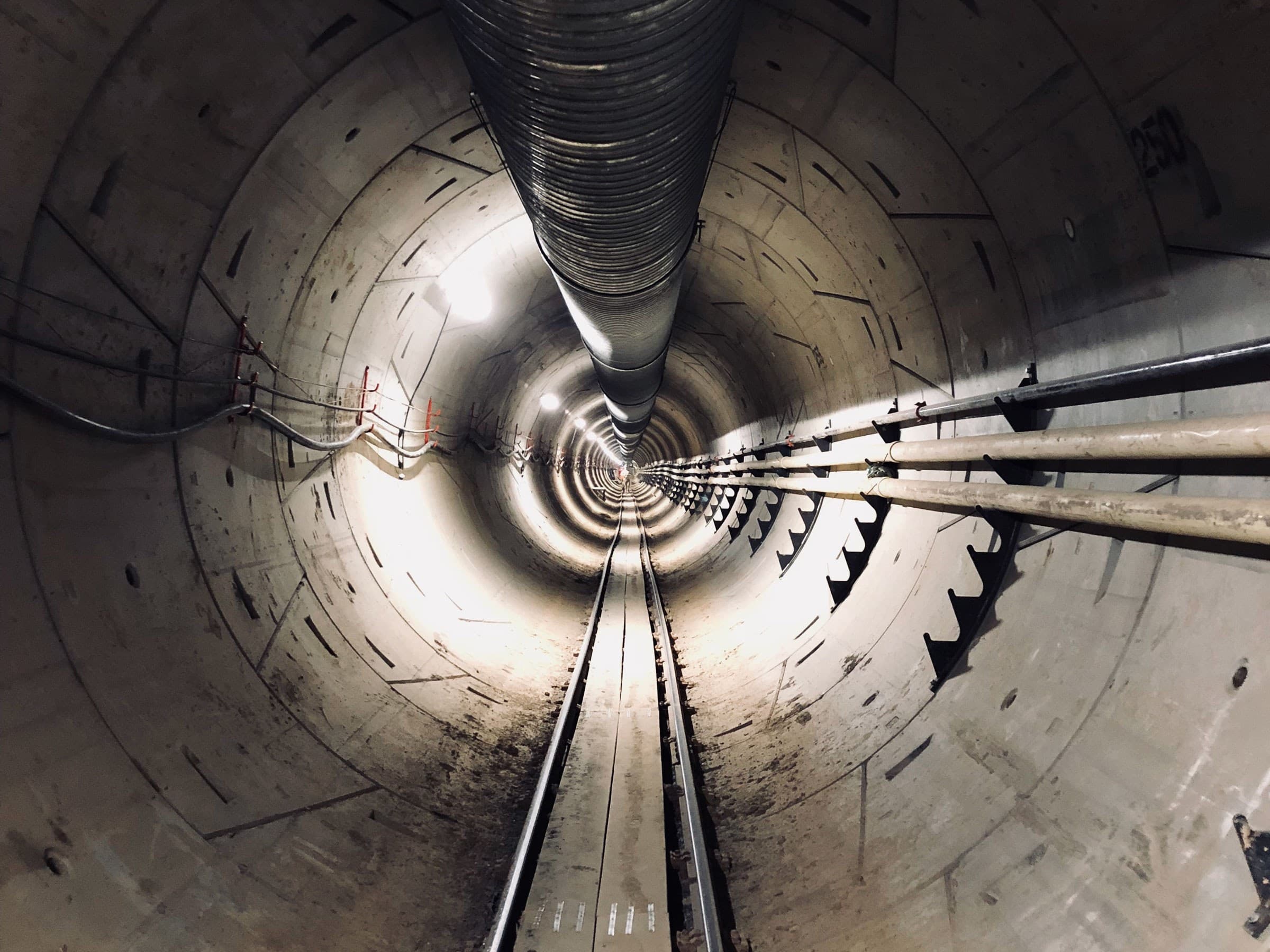
Above: The tunnel built under the SpaceX headquarters as part of initial testing for Musk's proposed Los Angeles underground highway ( image courtesy of The Boring Company).
Similarly, in response to ongoing power failures in South Australia, brought on by storms and heatwaves, Musk stated that he would solve the states’ energy needs by building the world's largest battery farm in less than 100 days. If he couldn’t achieve his goal - he promised to do it for free.
Musk went on to deliver with a month to spare.
The speed at which many of Musk’s ideas move from concepts to real world applications affecting millions of people is rapidly demonstrating the power
of construction to our wider society.
Throw in his mind-blowing work with hyperloop and the impact of SolarCity, and it's easy to see how Musk inspires excellent people to pursue careers in the world’s greatest industry.
Images courtesy of Matterport, Kier Group, Project Milestone, Carrara Robotics, Tesla, Dan Taylor, Bill Ingalls, SpaceX, Hyperloop Transportation Technologies (HTT), Virgin Hyperloop One, SolarCity, Buffalo News, Twitter, Elon Musk and The Boring Company.
We welcome you sharing our content to inspire others, but please be nice and play by our rules.
Comments
Next up








